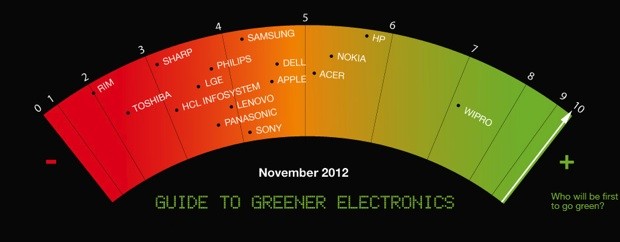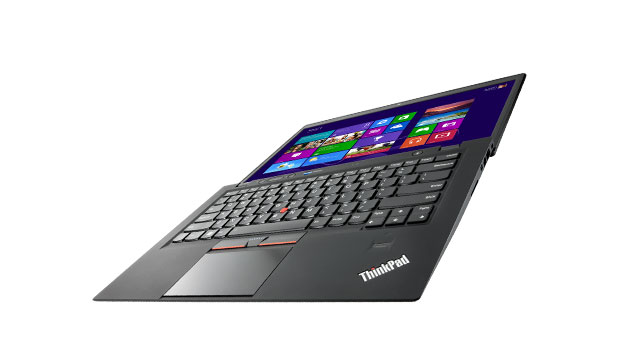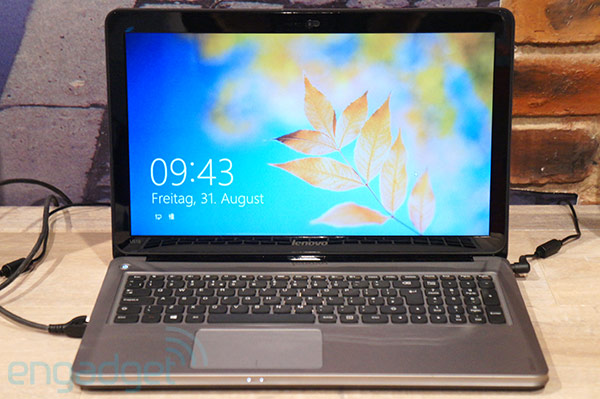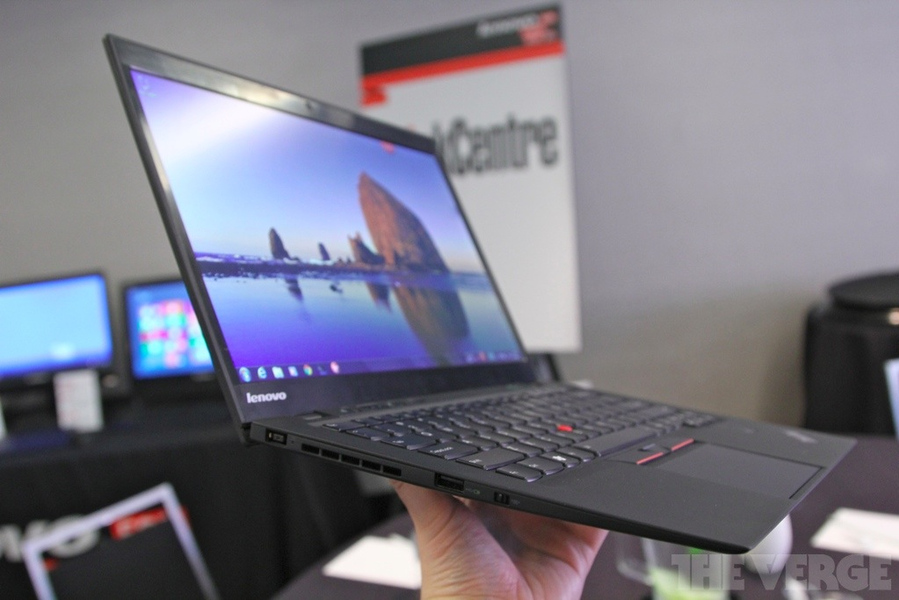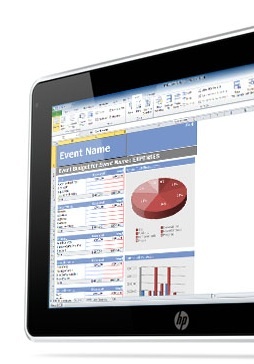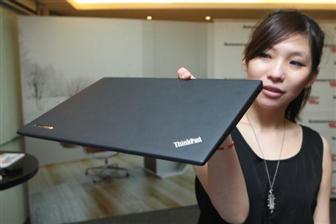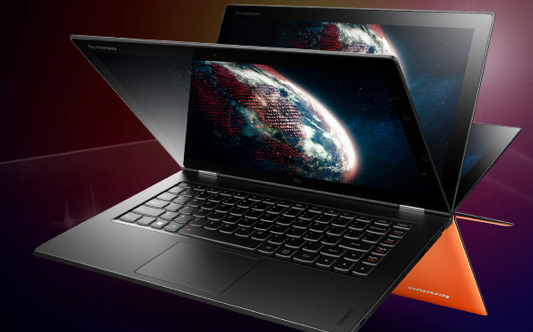 When you look for a new laptop, you often look for a series of things such as the speed of the processor, the software provided, along with the Internet connectivity that willgive you the best browsing experience. Some people look for the latest release from the biggest name, others look for the best product they can buy according to their budget – it’s all down to personal choice and circumstance.
When you look for a new laptop, you often look for a series of things such as the speed of the processor, the software provided, along with the Internet connectivity that willgive you the best browsing experience. Some people look for the latest release from the biggest name, others look for the best product they can buy according to their budget – it’s all down to personal choice and circumstance.
We all want our lives to be as flexible and ‘free’ as possible, rather than having to live a structured life governed by working hours and other restrictions. The same is true with the products we buy – we want them to be tailored for us. Short of going into the research and development departments and presenting a series of requests, we can’t have it all our own way, but at least with laptops we know that there are tablet laptop hybrid spec computers that can be made as comfortable and user-friendly as possible.
These ‘multimode’ machines developed by the likes of Lenovo allow users to love the screen, the keyboard and even the stand, to the most comfortable position to provide the best all-round experience. Some have as many as four different methods of using the devices, so you can have it one way for doing your work, another for playing games and other positions to play your music and let your friends control the playlist (at your peril!).
Being user-friendly is key to the design of a successful laptop or tablet, enabling users to get the best experience from the device they’ve chosen. Many devices are purchased with a preference in mind such as doing work away from the office, playing games or browsing the Internet; but if you can’t use the device in the way you want to, you’re not going to be impressed. With a multimode machine, however, you can literally put it anyway you want so that you can feel comfortable working or playing and enjoying using your device so much people wonder if you ever put it down!
The touchscreen capabilities also make them particularly popular, allowing users to swipe and tap exactly what they want to use or do and they’re away without having to wait for it to boot up. All in all, this makes for a much more pleasant experience for the user as they literally have everything they’ll ever need right at their fingertips.


